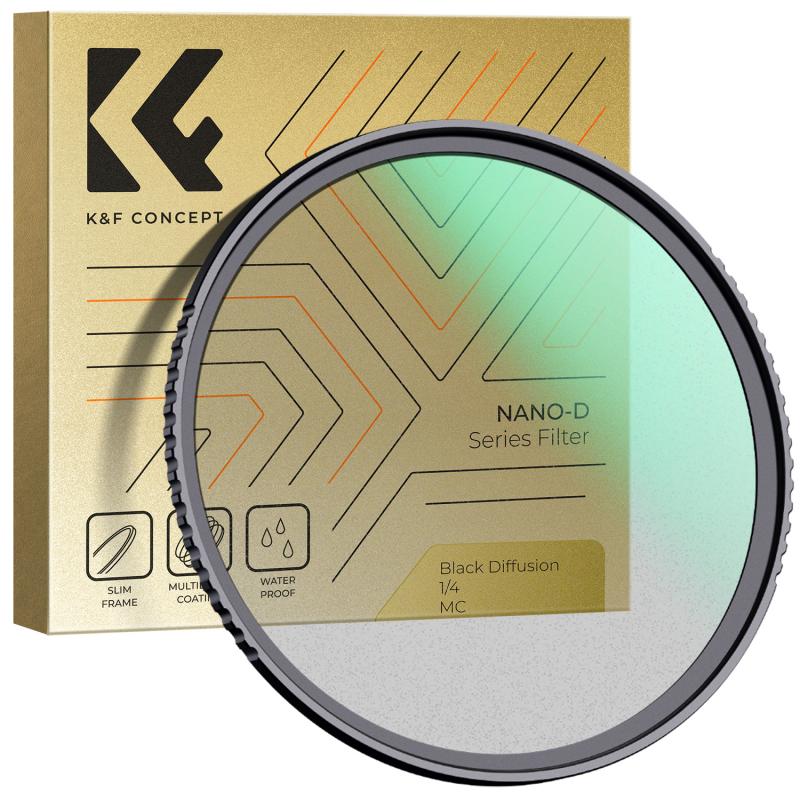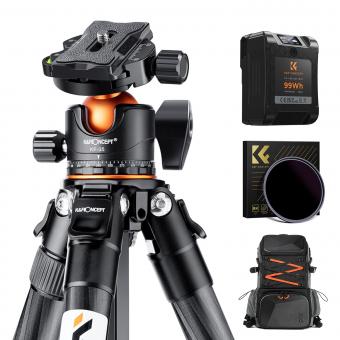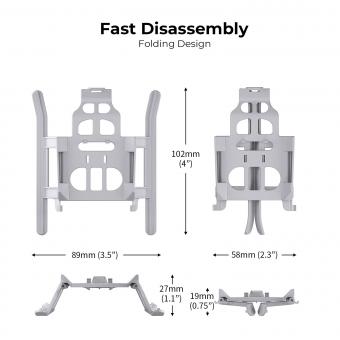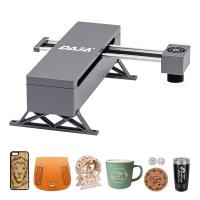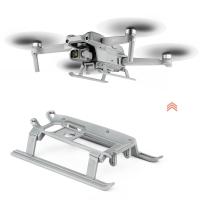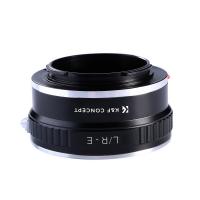How To Film Without Tripod ?
To film without a tripod, you can use alternative stabilization techniques such as handheld shooting, using a shoulder rig, or utilizing a gimbal stabilizer. Handheld shooting allows for a more organic and dynamic camera movement, but it can be challenging to maintain stability. Using a shoulder rig helps distribute the weight of the camera and provides better stability for handheld shots. A gimbal stabilizer is a motorized device that helps eliminate camera shake and provides smooth and steady footage. It allows for more controlled movements and is particularly useful for capturing tracking shots or following subjects. Additionally, you can also improvise by using objects like walls, tables, or even your own body as a makeshift stabilizer to minimize camera shake.
1、 Handheld filming techniques for stability and control
Handheld filming techniques for stability and control are essential skills for any filmmaker, especially when a tripod is not available or practical to use. Here are some tips on how to film without a tripod:
1. Stabilize your body: Stand with your feet shoulder-width apart and slightly bend your knees. This will provide a stable base and help minimize camera shake. Keep your elbows close to your body for added stability.
2. Use your body as a human tripod: Lean against a wall, tree, or any stable surface to steady your camera. This technique can help reduce camera shake and provide more control over your shots.
3. Utilize camera stabilization tools: If you have access to camera stabilization tools like a shoulder rig, gimbal, or stabilizer, use them to minimize camera shake and achieve smoother shots. These tools can greatly enhance stability and control while filming handheld.
4. Employ the "three-point contact" technique: This involves keeping three points of contact with your camera to increase stability. Hold the camera with both hands and press it against your forehead, while keeping your elbows tucked in. This technique helps to reduce camera shake and provides better control over your shots.
5. Practice smooth movements: When filming handheld, it's important to move the camera smoothly and avoid jerky motions. Practice panning and tilting movements to achieve fluid shots. Additionally, try to anticipate the action and follow it smoothly to maintain stability and control.
6. Take advantage of image stabilization technology: Many cameras and smartphones now come with built-in image stabilization technology. Enable this feature to help reduce camera shake and improve the overall stability of your shots.
Remember, practice makes perfect. Filming handheld can be challenging, but with time and experience, you can develop the necessary skills to achieve stable and controlled shots without a tripod.
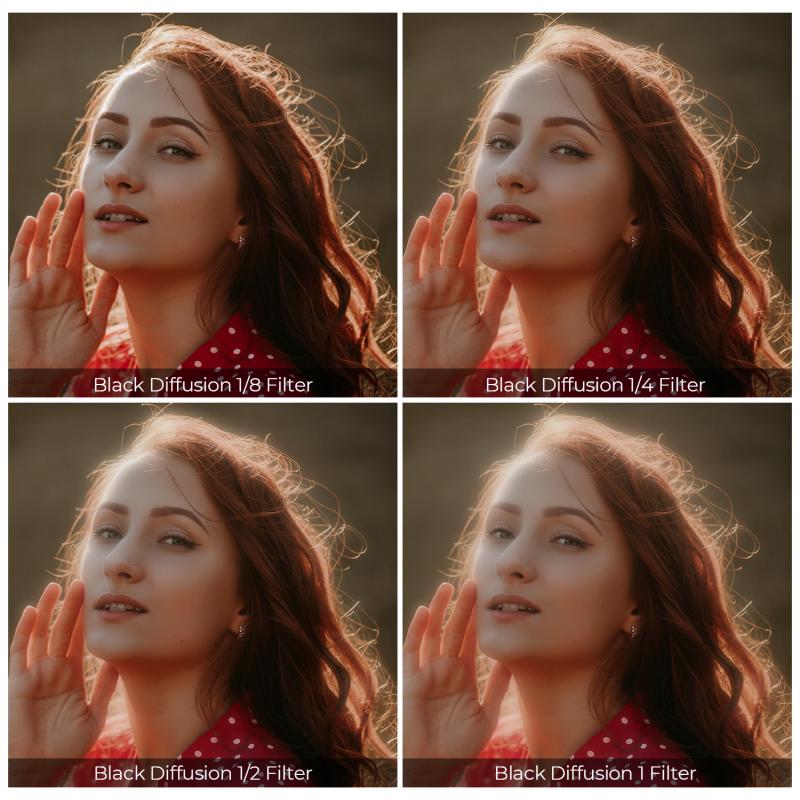
2、 Utilizing stabilizers and gimbals for smooth camera movements
One way to film without a tripod is by utilizing stabilizers and gimbals for smooth camera movements. Stabilizers are devices that help reduce camera shake and provide stability while filming handheld. They come in various forms, such as handheld stabilizers, shoulder rigs, and even wearable stabilizers like body mounts or harnesses. These tools help to minimize camera shake and allow for more fluid movements.
Gimbals, on the other hand, are motorized stabilizers that use gyroscopic technology to keep the camera steady. They provide even more stability and allow for smooth, cinematic shots. Gimbals can be handheld or mounted on various equipment like drones or vehicles, enabling filmmakers to capture dynamic footage without the need for a tripod.
In recent years, there have been significant advancements in stabilizer and gimbal technology. Many gimbals now come with advanced features like follow focus, object tracking, and even smartphone integration. These innovations have made it easier than ever for filmmakers to achieve professional-looking shots without the need for a tripod.
However, it's important to note that while stabilizers and gimbals can greatly enhance the quality of handheld footage, they do require practice and skill to master. It's essential to learn how to balance the camera properly on the stabilizer or gimbal and practice smooth movements to avoid jerky shots.
In conclusion, when it comes to filming without a tripod, utilizing stabilizers and gimbals can be a game-changer. These tools provide stability and allow for smooth camera movements, enabling filmmakers to capture professional-looking footage even without a tripod. With the latest advancements in stabilizer and gimbal technology, filmmakers now have more options than ever to achieve stunning shots.

3、 Using natural supports and objects as impromptu tripods
When it comes to filming without a tripod, one effective technique is to use natural supports and objects as impromptu tripods. This method allows you to stabilize your camera and capture steady shots even without the use of a traditional tripod.
One way to do this is by utilizing nearby structures such as walls, trees, or fences. These objects can provide stability and support for your camera. Simply find a sturdy surface and position your camera against it, making sure it is secure and won't fall.
Another option is to use your surroundings to your advantage. Look for objects like rocks, logs, or even bags that can act as makeshift tripods. You can place your camera on top of these objects to achieve a stable position.
Additionally, consider using your body as a stabilizer. By bracing your elbows against your torso or leaning against a stable surface, you can minimize camera shake and capture smoother footage.
It's worth noting that while filming without a tripod can be convenient, it may not always provide the same level of stability as a dedicated tripod. Therefore, it's important to be mindful of your movements and take extra care to ensure your shots are as steady as possible.
In conclusion, when filming without a tripod, using natural supports and objects as impromptu tripods can be a practical solution. By making use of nearby structures, your surroundings, and your own body, you can stabilize your camera and capture steady shots. However, it's important to remember that this method may not always provide the same level of stability as a traditional tripod, so it's essential to be mindful of your movements and take extra care to achieve smooth footage.
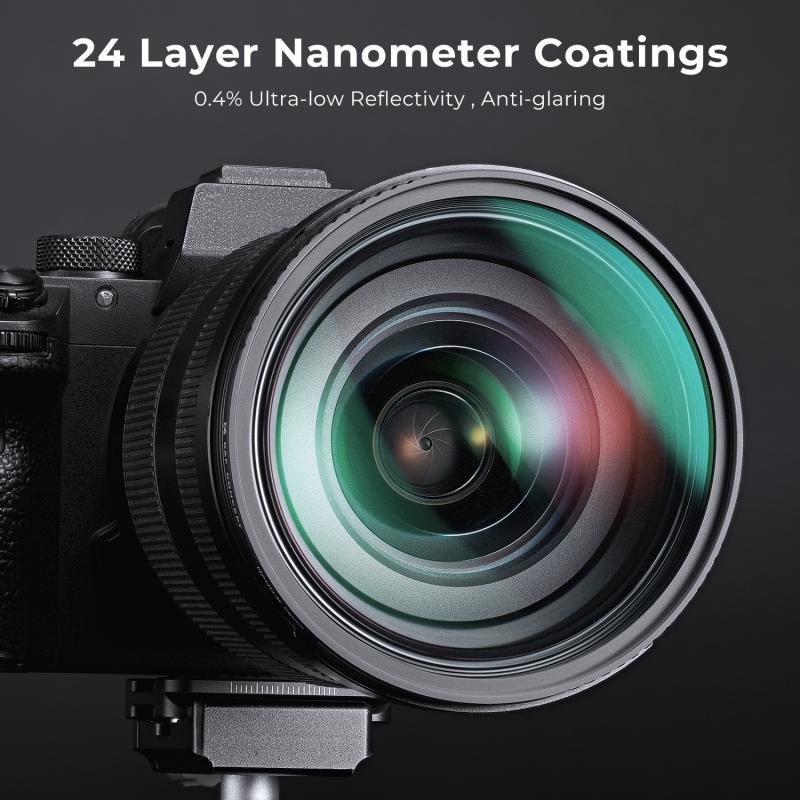
4、 Mastering the art of handheld camera stabilization
Mastering the art of handheld camera stabilization is essential for filmmakers who want to film without a tripod. While tripods provide stability and smooth shots, there are situations where using a tripod is not feasible or desired. Here are some tips to help you film without a tripod and achieve stable footage:
1. Proper Hand Placement: Hold the camera with both hands, keeping your elbows close to your body for added stability. This technique helps minimize camera shake and allows for smoother movements.
2. Utilize Body Stance: Stand with your feet shoulder-width apart and slightly bend your knees. This stance provides a solid base and helps absorb any body movements that could cause camera shake.
3. Breathing Technique: Control your breathing while filming. Take deep breaths and exhale slowly to steady your body and reduce any unintentional movements.
4. Use Image Stabilization: Many cameras and lenses come with built-in image stabilization technology. Enable this feature to minimize camera shake and achieve smoother footage.
5. Lean on Objects: When available, lean against a wall, tree, or any stable surface to provide additional support and stability for your camera.
6. Practice Smooth Movements: Slow and deliberate movements are key to achieving stable footage. Avoid sudden jerks or quick pans, as they can introduce camera shake. Instead, move the camera smoothly and steadily.
7. Consider Using Stabilization Equipment: If handheld filming is a regular part of your work, investing in stabilization equipment like a shoulder rig, gimbal, or stabilizer can greatly improve the stability of your shots.
It's important to note that while handheld filming can provide a more dynamic and immersive feel, it may not always be suitable for every situation. Assess the requirements of your project and consider the desired aesthetic before deciding to film without a tripod.
